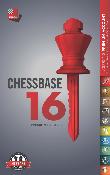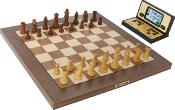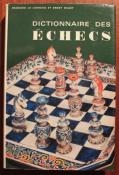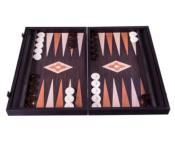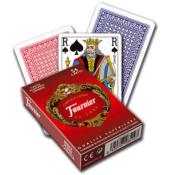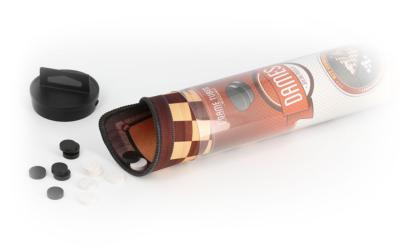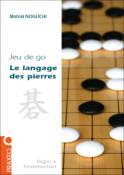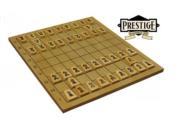- CONTACT
- Qui sommes nous ?
- Foire aux questions
- Conditions Générales de Vente
- Liens
- COORDONNEES
- Le Pion Passé
- 22, boulevard Raimbaldi
- 06000 Nice (France)
- +33 (0)9 84 30 45 11
- contact@lepionpasse.com
- Votre compte
- Votre fidélité récompensée !
- Clubs Partenaires
- Modes de livraison
- Moyens de paiement
- RGPD
- Formulaire de rétractation
- Gestion des cookies
- HORAIRE MAGASIN 2025
- Lundi au samedi : 8h30 - 12h
- Fermé l'après-midi et le dimanche
- Ce site est à vendre
- Catégories
- LIVRES :
- Edition
- E-books
- Livres en français
- Livres en anglais
- Méthodes par étapes
- Romans
- BD
AUTRES JEUX :- Backgammon
- Dames
- Go
- Shogi
- Cartes
- Jeux de société
MATERIEL :- Jeux d'échecs
- Jeux électroniques
- DVD
- Pendules
- divers
PROMOTIONS- OCCASIONS
Copyright © 2010-2025 - toutpourlesechecs / le pion passé / alain benlolo




